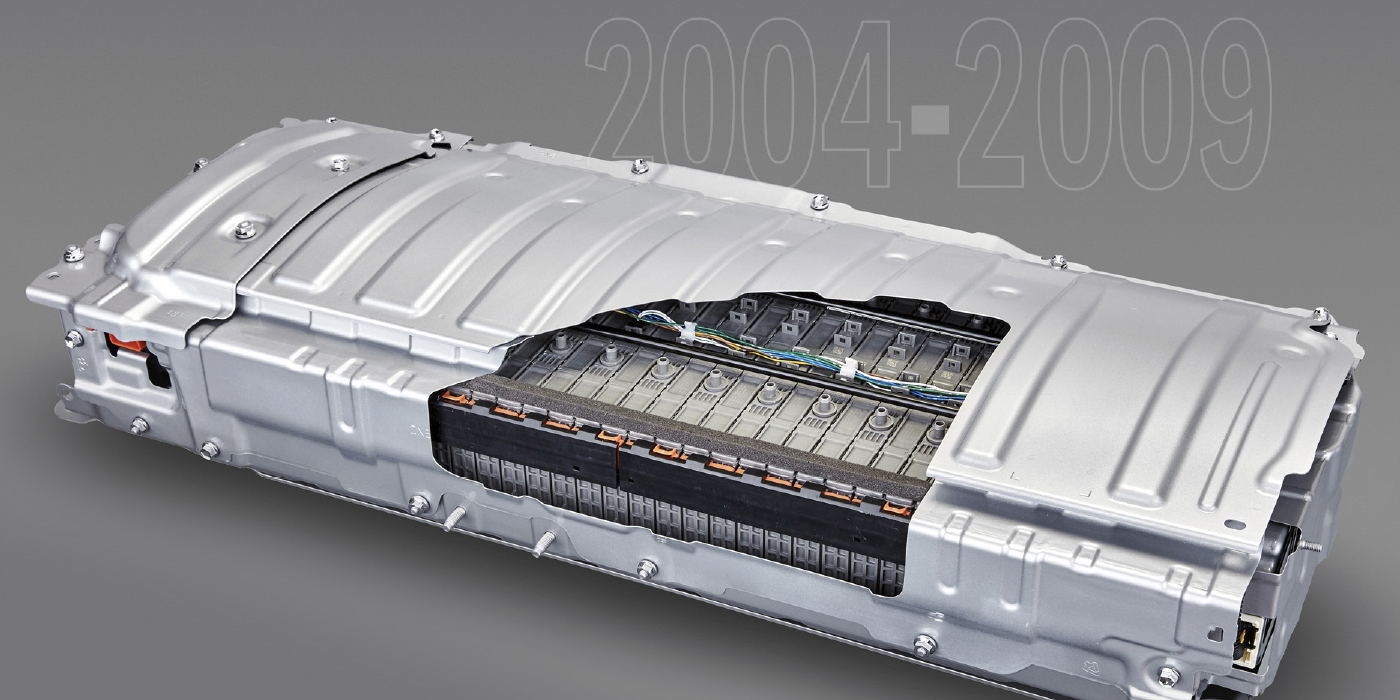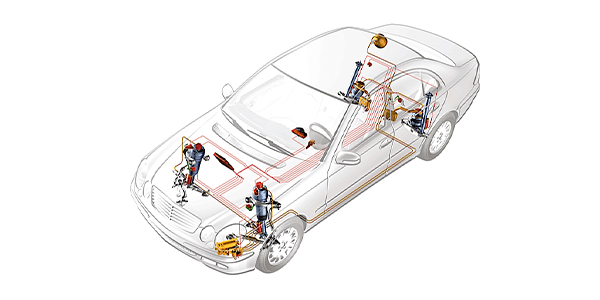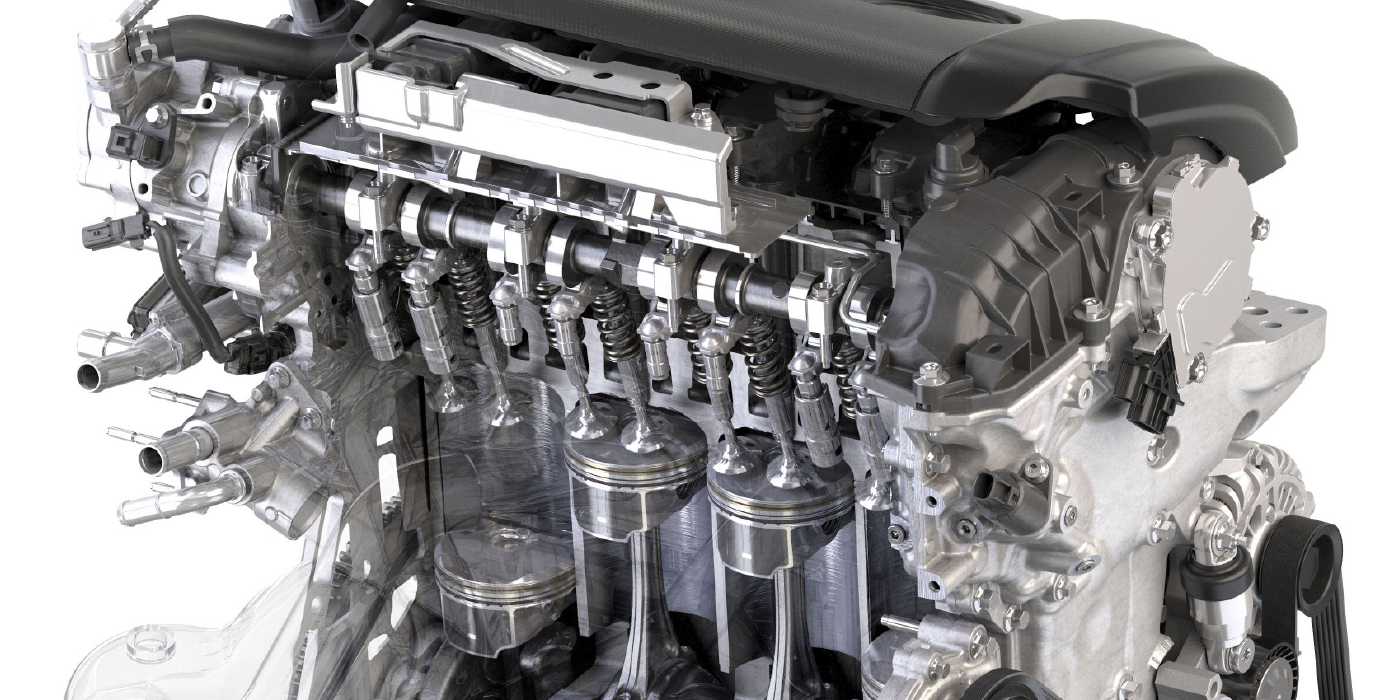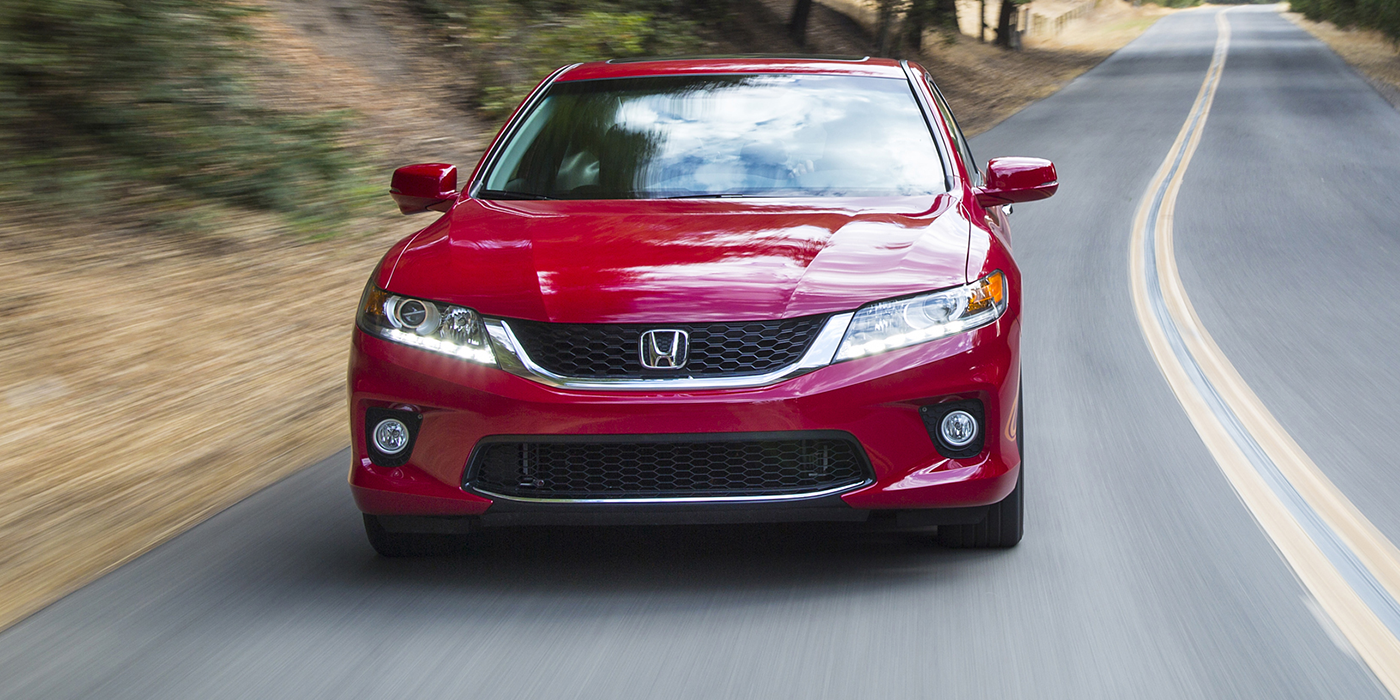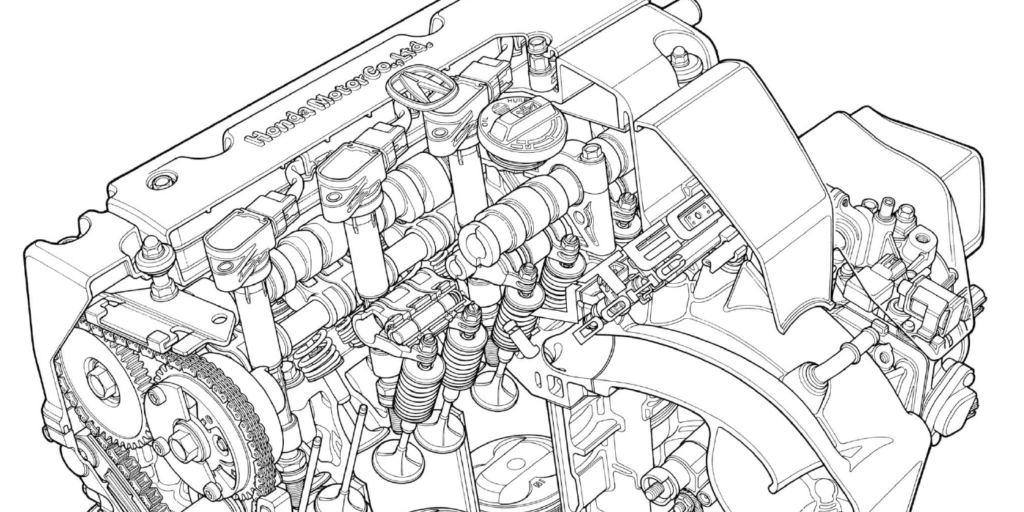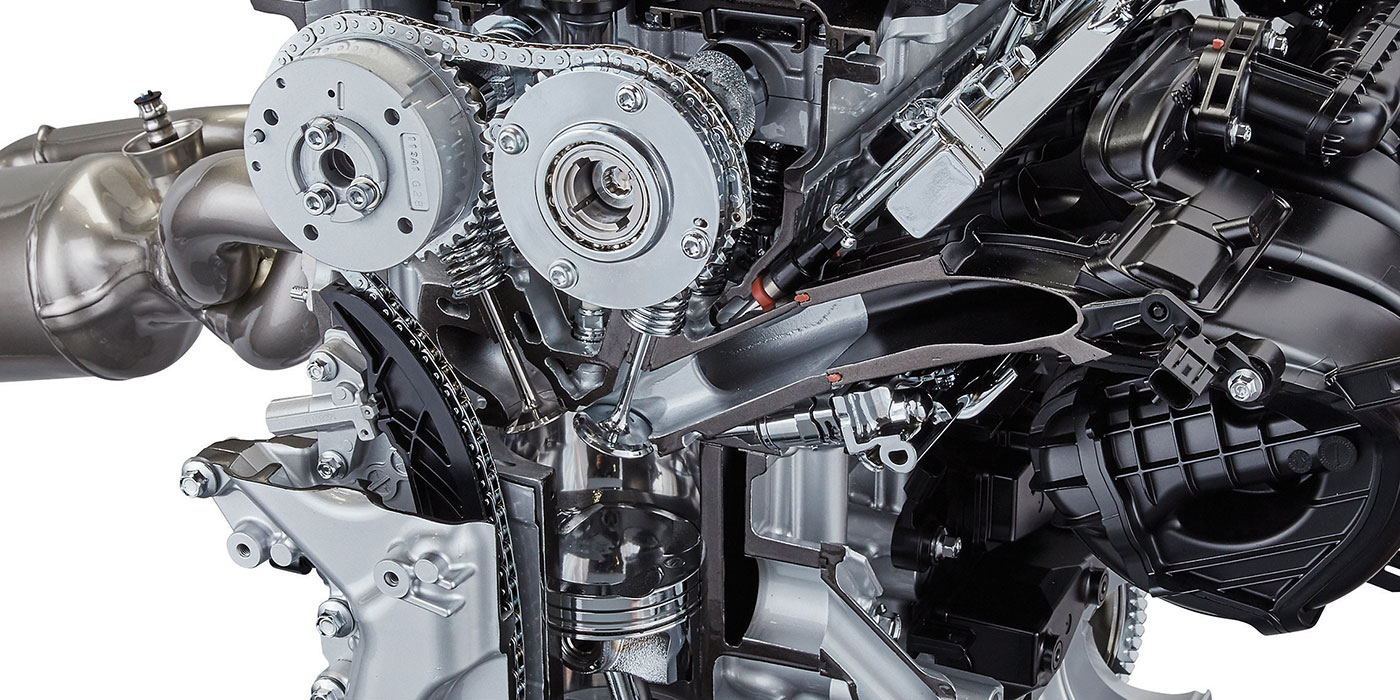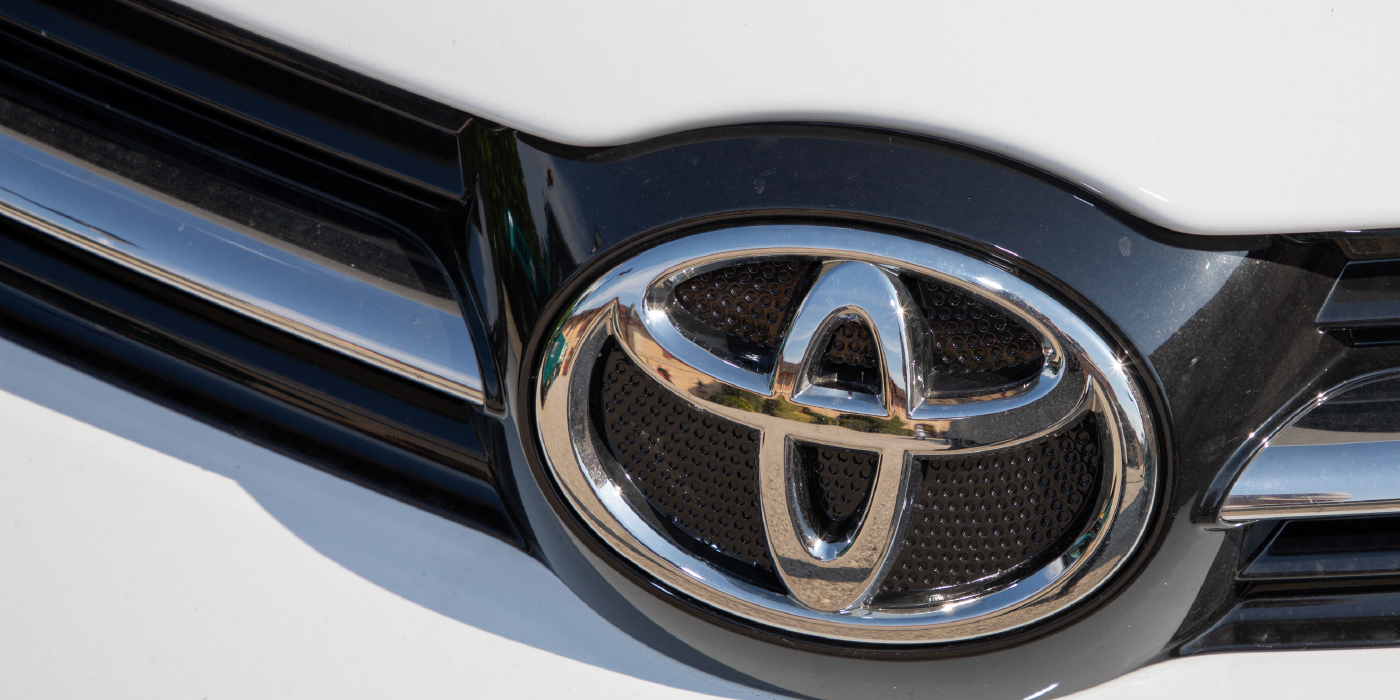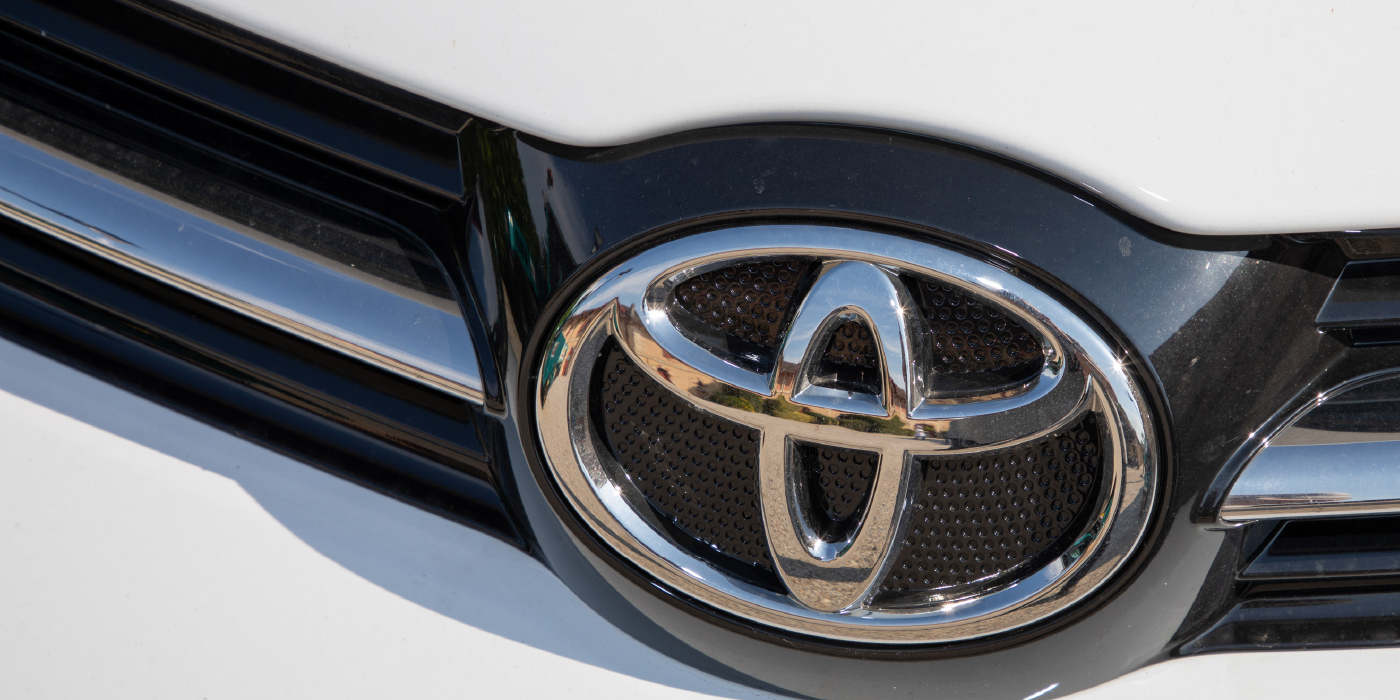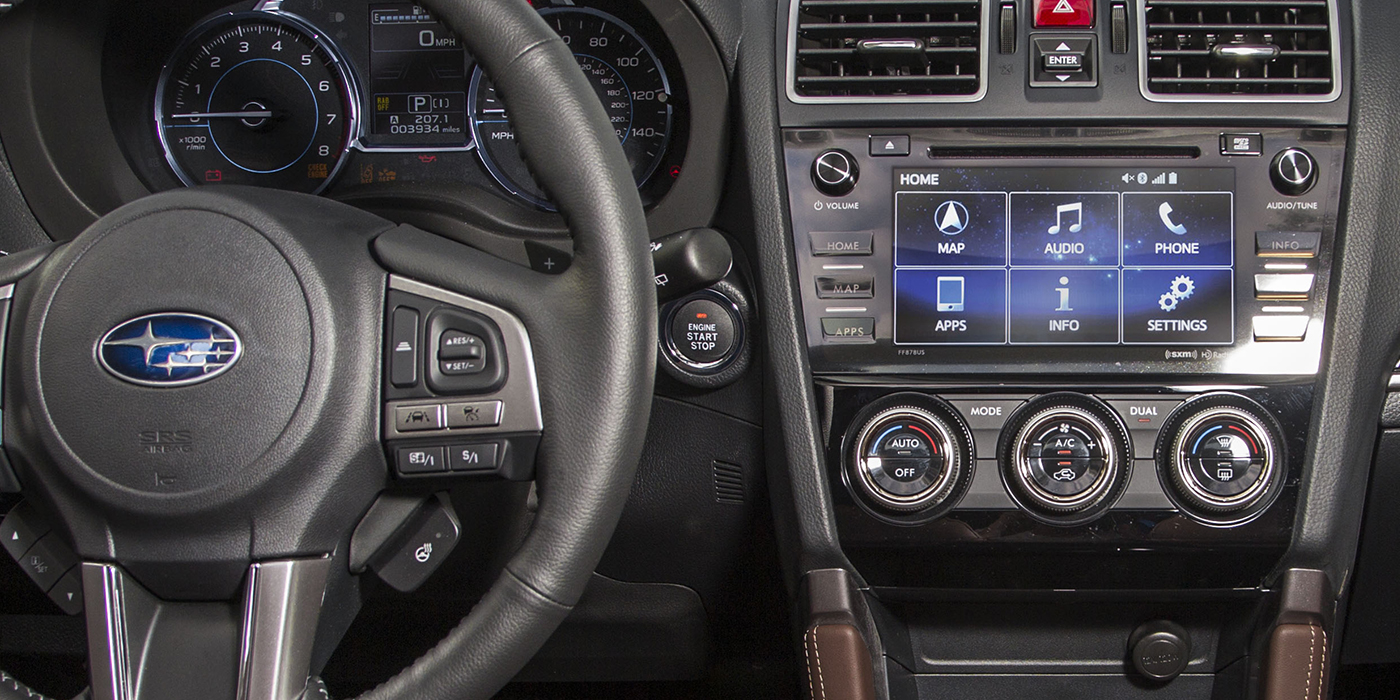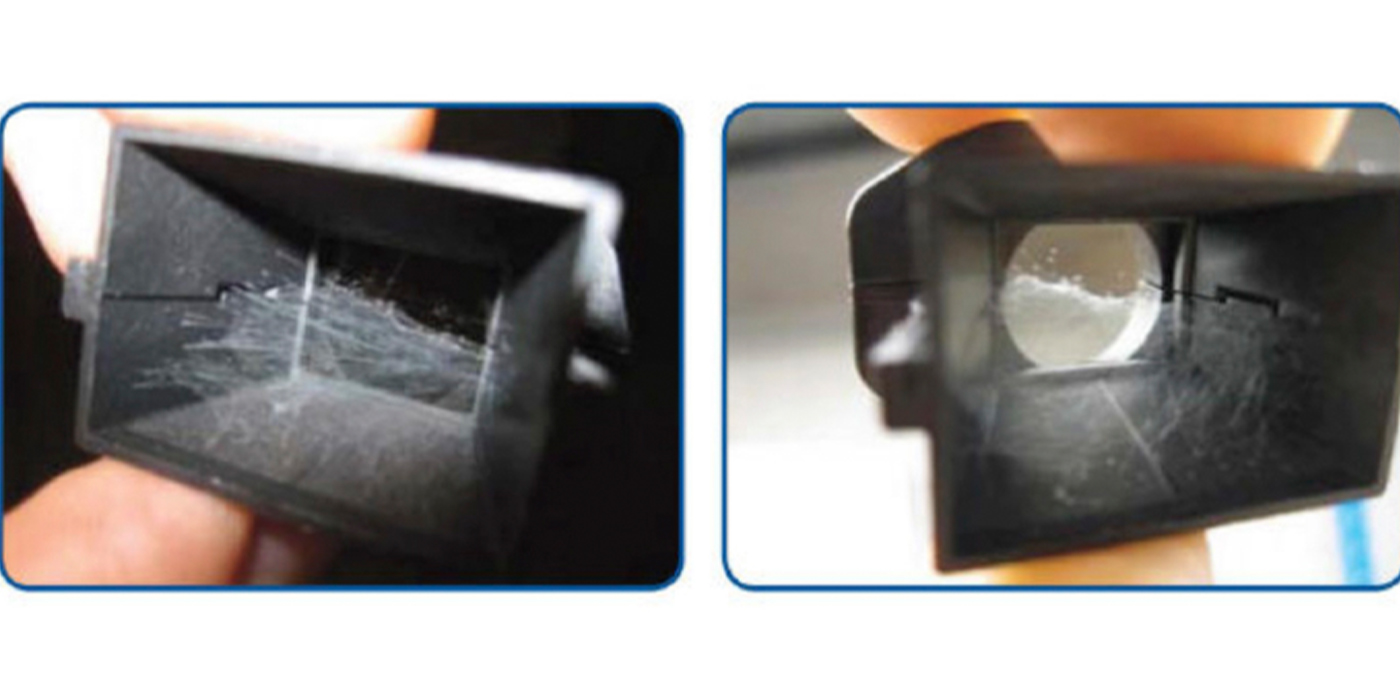In current SAE J1930 terminology, the “alternator” is now being referred to as a “generator.” Of course, this isn’t news for many technicians because many vehicles have always been equipped with “generators” for several years. By either name, the alternator’s job has definitely become more complex during the past decade. Years ago, the typical vehicle could “live” very happily with 40 amperes of electrical current, which was enough to power the ignition, fuel and lighting systems. Today, that threshold is rapidly advancing toward 100 amperes of current, which, among other things, must power innovations like heated seats, heated glass, sound systems, electronic power steering, air injection pumps, steering, braking and valvetrain controls.
Even more critical, the advent of electronic automatic overdrive transmissions is keeping engine speeds well below 2,000 rpm at highway speeds. If the alternator can’t keep the battery fully charged during periods of high accessory use at low engine speeds, the battery will become partially discharged. When battery voltage drops below 9.6 volts during cranking, the result may be that the electric fuel pump and electronic fuel injection fails to supply enough fuel and the electronic ignition enough spark for a quick start.
Precise voltage control is also critical because charging rates in excess of 17 volts may damage delicate electronics and on-board computer systems. More recently, at least one vehicle manufacturer has reduced that threshold to as low as 16 volts. So, in the strictest sense, the alternator has become the heart of the modern electrical system because it must maintain very precise voltage levels throughout the vehicle’s electrical system during a wide variety of driving conditions.
The Chemistry of Alternators
It’s important to understand the differences between the chemical and electro-mechanical aspects of the charging system. The battery, which is the chemical storage component of the team, initiates the charging cycle by using chemical energy to crank the engine and supply field voltage to the alternator. The alternator, which is the electro-mechanical component of the team, takes over by using engine torque to generate enough electrical current to keep the engine and vehicle accessories running properly, while at the same time replenishing the current originally drawn from the battery for starting. By working together, the battery and alternator maintain the system voltage at levels that allow the vehicle’s electronics systems to efficiently manage vehicle operations.
In order to keep the electrical system functioning at peak performance, the alternator must be able to generate different amounts of amperage at very specific voltage levels. Keeping in mind that the battery is a chemical device, alternator voltage regulators are designed to increase charging voltage (example: 14.7 volts) at sub-freezing temperatures when the chemical activity in the battery is low.
At ambient temperatures above 70

